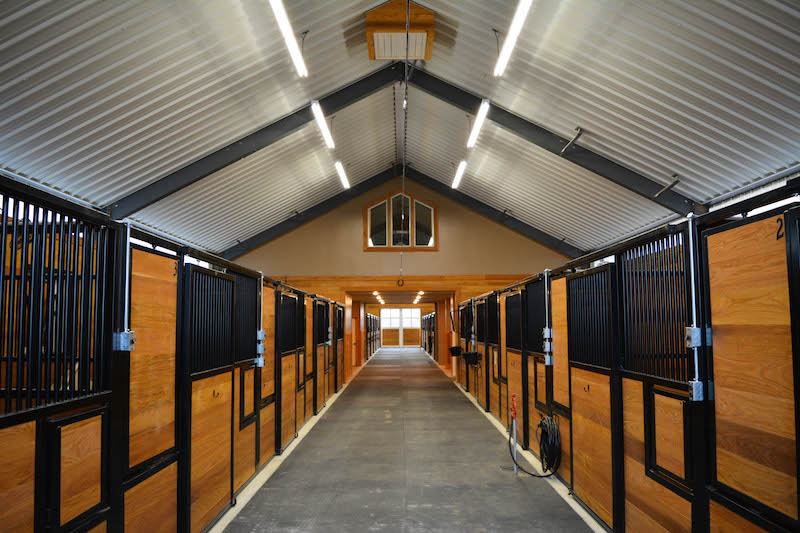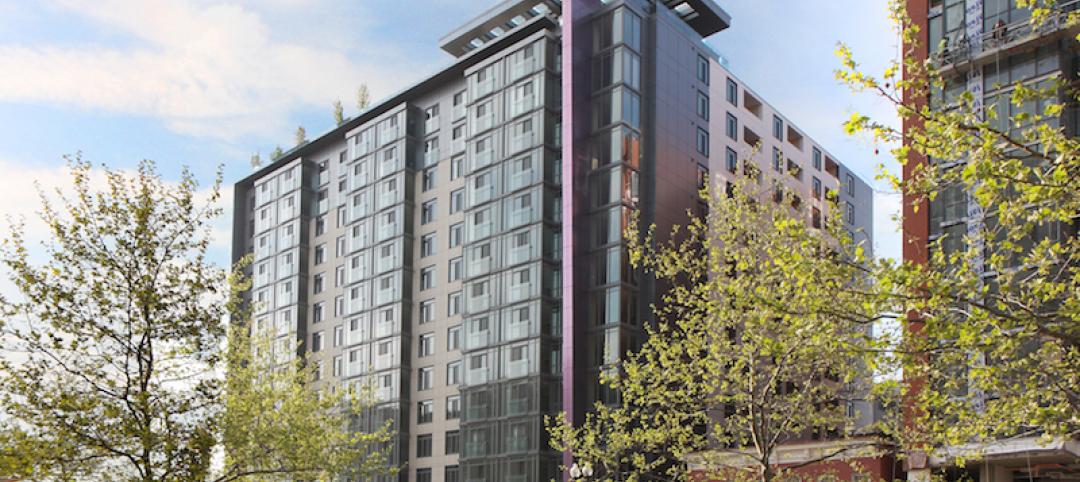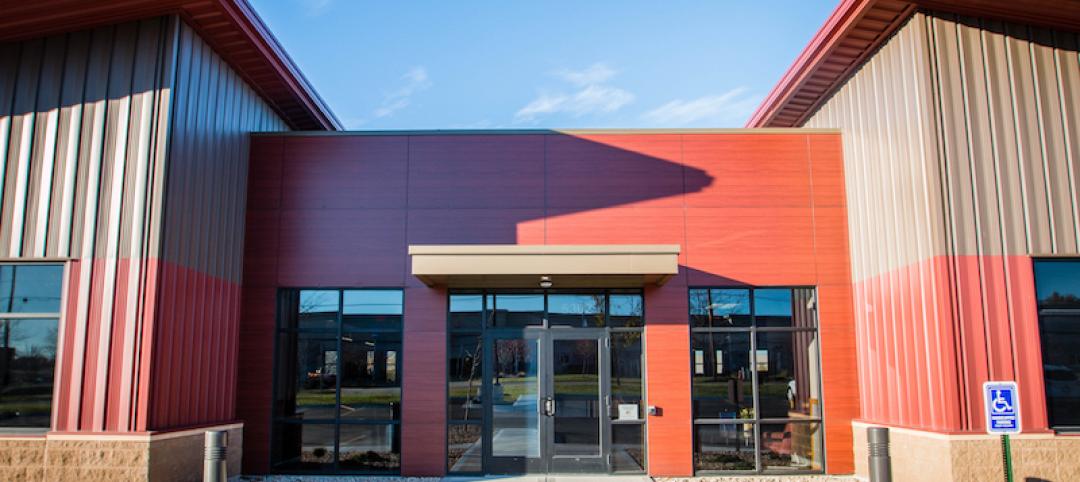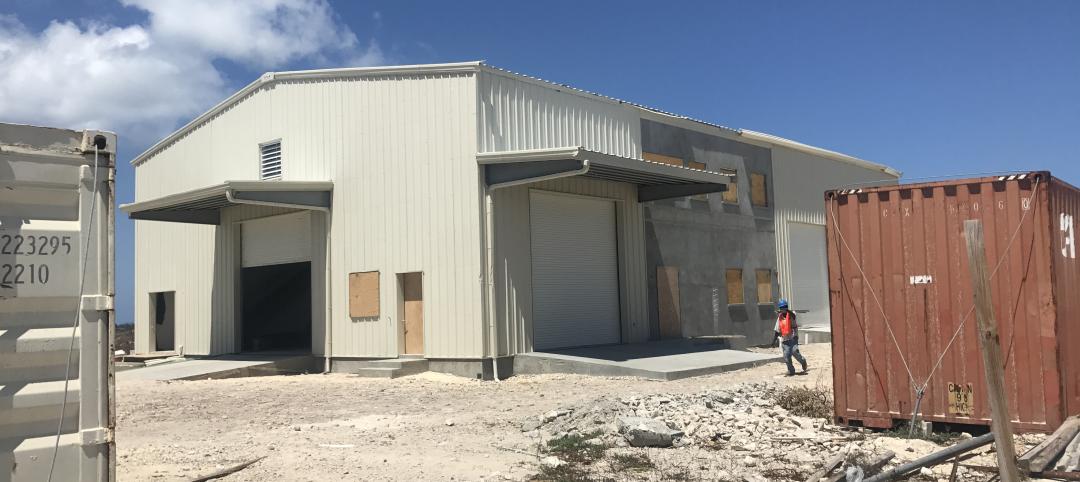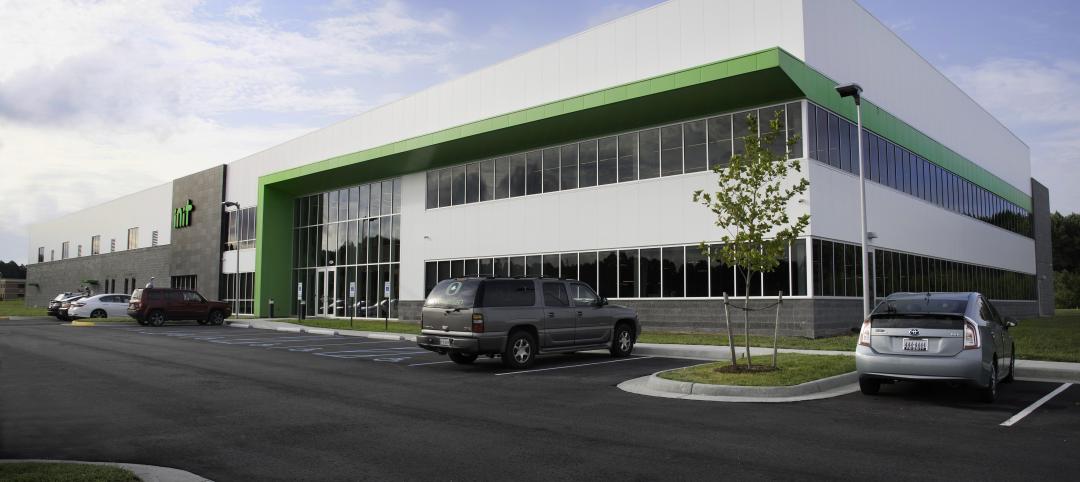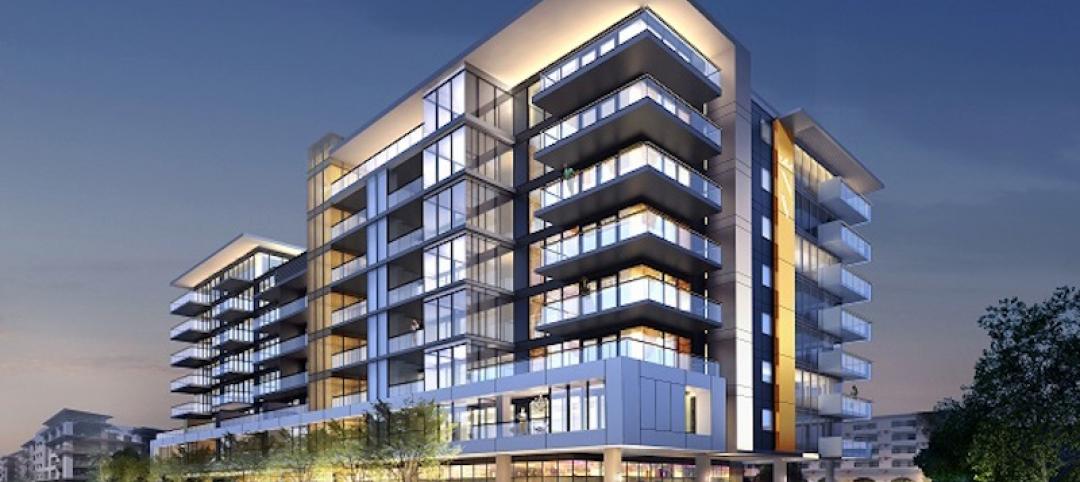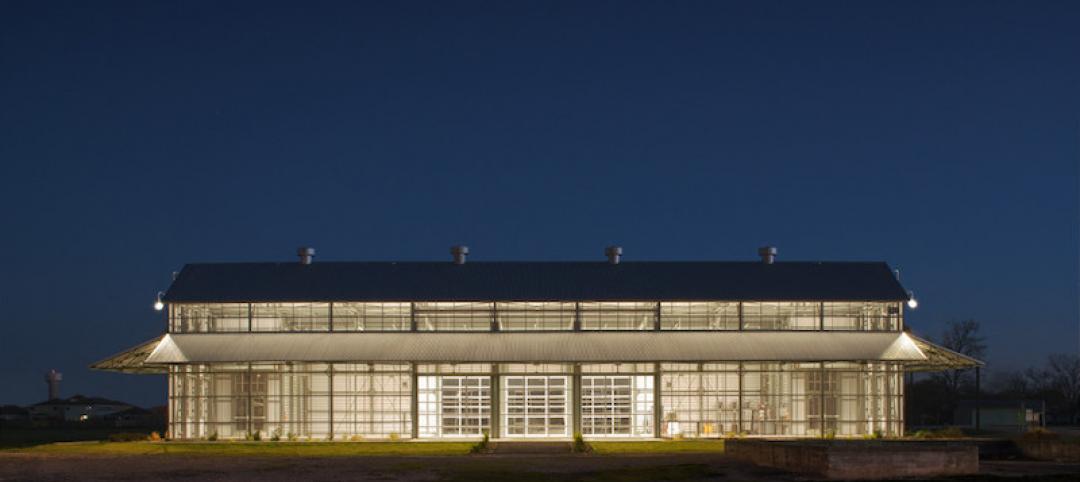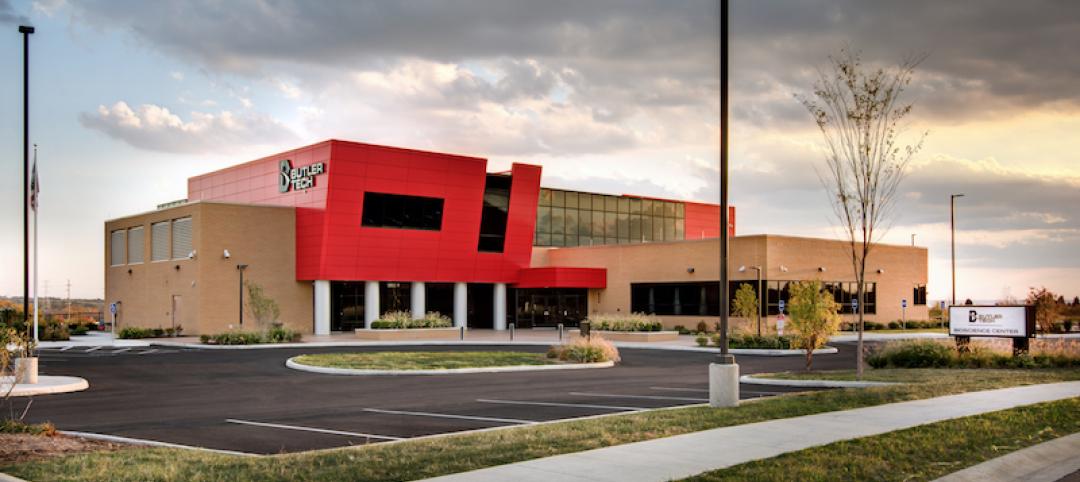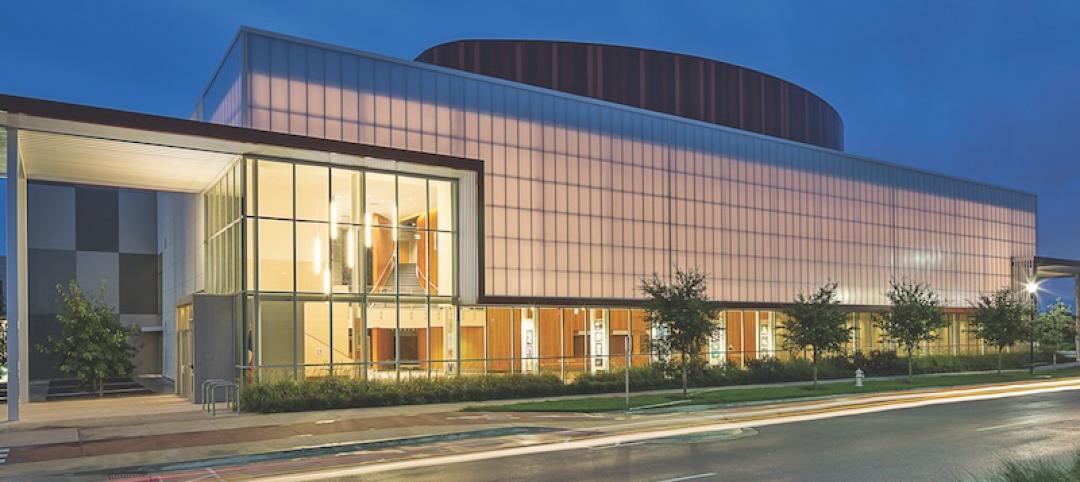Cobalt Stables was the kind of project that contractors dream of, where the client wants to build the best facility of its kind, has the budget to do it, and has faith in the contractor to let him express his craft and creativity. The facility in question is an unusual combination of horse stables and training facilities with a comfy human residence, all together under one roof. It presented the best kind of challenges to Star builder Weigel Construction, testing their construction skills at marrying different building usages and different construction materials into a unified whole, and their contractor’s expertise at satisfying the codes for two different types of occupancies under a single roof. The dream came to life by joining together four Star metal buildings and adding a whole lot of TLC. The project was such an elegant success that it was selected by Star builders across the country to receive the 2016 Builder’s Choice Master Builder Award.
Cobalt Stables was built to train Morgan horses in the best possible environment. “This wasn’t the kind of hard-bid job where they’re only looking at bottom line cost,” explains Weigel Construction owner Joe Weigel. “That wasn’t what this project was about. It was about trying to create a facility that was second to none in this local area. We all looked at this and said, it’s a non-typical project that you can put on your belt and show people. So everybody, all our people and the subcontractors, they all treated it as though it was their own. We thought it out before we built it and paid attention to every detail.”

The facility is made of one large, clear-span metal building, with three smaller buildings attached in the form of a cross. Front-and-center is the living quarters, 36’ x 71’ metal building frame with two-story wood framing construction inside it, a full 5,000 sf of living space. Extending seamlessly to the left and right of the living quarters are two 2,160 sf structures that appear to be wings of the house, but are in fact stables and associated horse-space. Behind all of it is a 16,000 sf indoor equestrian arena, an 80-foot wide clear span building with high ceilings.
The exterior walls of the three front elements all feature wood rough carpentry infill for the first ten feet up from the slab. Above that level, it’s more typical metal construction. These three buildings feature an exterior skin of Star PBR metal panels, attached to both wood framing lower down and steel purlins higher up. The interior of the stables is finished solid red oak tongue-and-groove panels. It’s topped off by a composition shingle roof.
“Integrating wood and steel structures,” Joe Wiegl points out, “requires coordinating things you normally don’t deal with. It goes all the way down to having the right type of fastener going from wood into steel. You can’t just use a generic fastener that’s usually used wood-to-wood or steel-to-steel. Using two types of materials was definitely a challenge.”
The arena section is more typical metal building construction, with steel purlins throughout supporting PBR walls and roof panels.

Perhaps the most unusual aspect of the project was the different types of occupancies being joined together. “As far as the living quarters vs. the stables, you’re dealing with completely different environments. The living quarters is a conditioned area that you want to be quiet, and right outside of that are potentially 20 live horses. The horses are creating their own heat load in a non-conditioned area in the stables. You’re dealing with a much different scenario from one wall to the next. There’s also an occupancy separation in terms of building codes, with a fire wall separating the two areas.”
A great deal of attention was paid to the questions of insulation and maintaining comfortable occupancy temperatures. In the living quarters and stables, spray foam insulation fills the wall cavities, a Star liner panel insulates the roof, and all the floor slabs were built with radiant heating. The arena building, by contrast, is un-insulated, but has a series of two-inch gas pipe radiant heaters that run down the long sides of the arena a few feet below the ceiling.

Ground was broken in Feb. 2016, with considerable sitework being necessary. The project was completed at the beginning of December 2016. After six months of operation, there have been no issues with any of the installations. The owner is happy.
“We’ve been doing this a long time,” observes Weigel. “We know what looks good and what doesn’t. When an owner lets you do what you know, from a contractor’s standpoint, you’re blessed with a project you can be proud of.”
Related Stories
Sponsored | Metals | Jan 22, 2018
The Lyric 440K apartments: D.C. architecture takes a progressive turn
In searching for alternatives to expensive porcelain tile to achieve the look envisioned for the project, they turned to ALPOLIC® because of the company’s reputation for high quality and exceptional service.
Sponsored | Metals | Jan 5, 2018
Two buildings or three?
The exterior of the Trane office has a dramatic look.
Sponsored | Metals | Oct 18, 2017
Standing up to Hurricane Irma
Star metal building systems have once again demonstrated their durability in extreme weather events.
Sponsored | Metals | Oct 9, 2017
Dual-purpose paneling redefines the building envelope for transportation solutions leader
Metl-Span® insulated metal panels provide insulation and aesthetic advantages.
Sponsored | Metals | Oct 6, 2017
Build a better building: The importance of using the right composite material
MCM has been around since the early 70s and has proven to be one of the most versatile architectural cladding products available.
Sponsored | Cladding and Facade Systems | Oct 5, 2017
Richland Two Institute of Innovation
Five colors of metal wall panels highlight design of multigenerational learning center.
Sponsored | Metals | Sep 26, 2017
A new lease on life for The Gin at the Co-Op District
The city specified the modern era’s leading sustainability features, but also requested a façade that harkened back to its agricultural roots.
Sponsored | Metals | Sep 11, 2017
Metal wall panels create diverse portfolios
Although square and rectangular wall panels have been the norm, new shape and texture trends are emerging.
Metals | Aug 17, 2017
Exterior metal panels complement performing arts center’s maple interior
Two Petersen Aluminum profiles were used in the design of the project.


